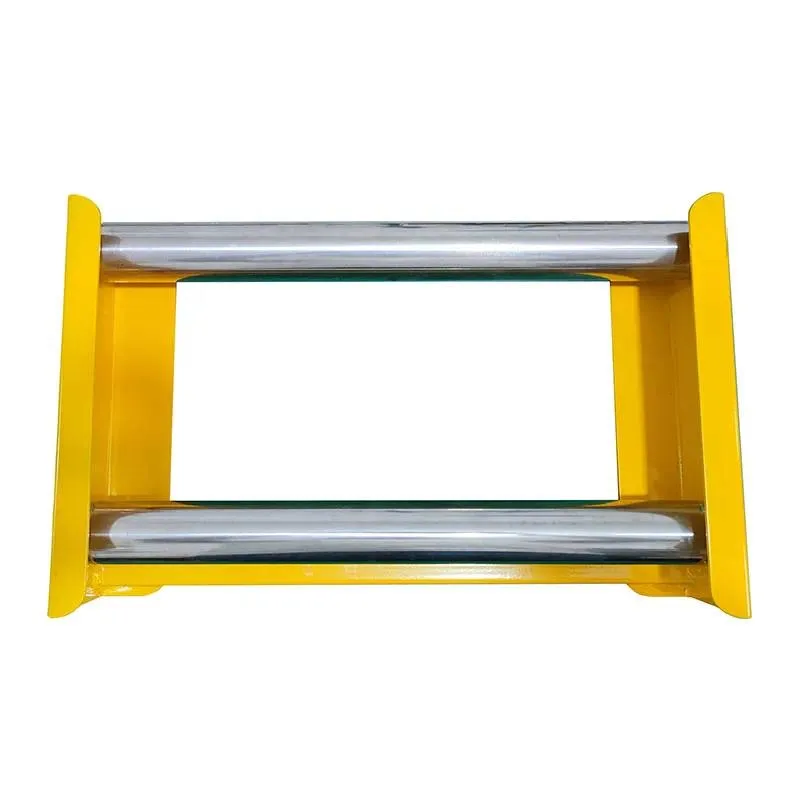
-
 Afrikaans
Afrikaans -
 Albanian
Albanian -
 Amharic
Amharic -
 Arabic
Arabic -
 Armenian
Armenian -
 Azerbaijani
Azerbaijani -
 Basque
Basque -
 Belarusian
Belarusian -
 Bengali
Bengali -
 Bosnian
Bosnian -
 Bulgarian
Bulgarian -
 Catalan
Catalan -
 Cebuano
Cebuano -
 Corsican
Corsican -
 Croatian
Croatian -
 Czech
Czech -
 Danish
Danish -
 Dutch
Dutch -
 English
English -
 Esperanto
Esperanto -
 Estonian
Estonian -
 Finnish
Finnish -
 French
French -
 Frisian
Frisian -
 Galician
Galician -
 Georgian
Georgian -
 German
German -
 Greek
Greek -
 Gujarati
Gujarati -
 Haitian Creole
Haitian Creole -
 hausa
hausa -
 hawaiian
hawaiian -
 Hebrew
Hebrew -
 Hindi
Hindi -
 Miao
Miao -
 Hungarian
Hungarian -
 Icelandic
Icelandic -
 igbo
igbo -
 Indonesian
Indonesian -
 irish
irish -
 Italian
Italian -
 Japanese
Japanese -
 Javanese
Javanese -
 Kannada
Kannada -
 kazakh
kazakh -
 Khmer
Khmer -
 Rwandese
Rwandese -
 Korean
Korean -
 Kurdish
Kurdish -
 Kyrgyz
Kyrgyz -
 Lao
Lao -
 Latin
Latin -
 Latvian
Latvian -
 Lithuanian
Lithuanian -
 Luxembourgish
Luxembourgish -
 Macedonian
Macedonian -
 Malgashi
Malgashi -
 Malay
Malay -
 Malayalam
Malayalam -
 Maltese
Maltese -
 Maori
Maori -
 Marathi
Marathi -
 Mongolian
Mongolian -
 Myanmar
Myanmar -
 Nepali
Nepali -
 Norwegian
Norwegian -
 Norwegian
Norwegian -
 Occitan
Occitan -
 Pashto
Pashto -
 Persian
Persian -
 Polish
Polish -
 Portuguese
Portuguese -
 Punjabi
Punjabi -
 Romanian
Romanian -
 Russian
Russian -
 Samoan
Samoan -
 Scottish Gaelic
Scottish Gaelic -
 Serbian
Serbian -
 Sesotho
Sesotho -
 Shona
Shona -
 Sindhi
Sindhi -
 Sinhala
Sinhala -
 Slovak
Slovak -
 Slovenian
Slovenian -
 Somali
Somali -
 Spanish
Spanish -
 Sundanese
Sundanese -
 Swahili
Swahili -
 Swedish
Swedish -
 Tagalog
Tagalog -
 Tajik
Tajik -
 Tamil
Tamil -
 Tatar
Tatar -
 Telugu
Telugu -
 Thai
Thai -
 Turkish
Turkish -
 Turkmen
Turkmen -
 Ukrainian
Ukrainian -
 Urdu
Urdu -
 Uighur
Uighur -
 Uzbek
Uzbek -
 Vietnamese
Vietnamese -
 Welsh
Welsh -
 Bantu
Bantu -
 Yiddish
Yiddish -
 Yoruba
Yoruba -
 Zulu
Zulu


pro . 20, 2024 05:29 Back to list
wire routing clamps
The Importance of Wire Routing Clamps in Electrical Installations
In today's rapidly advancing technological landscape, where electrical systems are becoming increasingly complex, the importance of wire management cannot be overstated. Wire routing clamps play a pivotal role in ensuring the efficiency, safety, and durability of electrical installations. In this article, we will delve into the significance of wire routing clamps, their various types, and best practices for installation.
The Role of Wire Routing Clamps
Wire routing clamps are designed to secure and organize wires and cables within electrical installations. Their primary function is to prevent tangling, accidental disconnections, and damage to cables, which can arise from harsh environmental conditions or physical disturbances. Properly routing and securing wires not only enhances the aesthetics of an installation but also contributes to its functionality and safety.
When wires are not adequately managed, they can become a fire hazard, create electromagnetic interference, or incur physical damage. By using wire routing clamps, installers can minimize these risks and ensure that all components work harmoniously. Furthermore, a well-organized wiring system simplifies maintenance and troubleshooting, thereby reducing downtime and associated costs.
Types of Wire Routing Clamps
Wire routing clamps come in a variety of shapes, sizes, and materials, each suited for specific applications
. The most common types include1. Plastic Clamps Typically made from high-density polyethylene (HDPE) or nylon, plastic clamps are lightweight and resistant to moisture and chemicals. They are ideal for indoor applications where environmental factors are minimal.
2. Metal Clamps For robust applications, metal clamps made from steel or stainless steel provide superior strength and durability. These are particularly useful in outdoor or industrial environments where exposure to harsh conditions is a factor.
3. Self-Adhesive Clamps Often used in home and office environments, these clamps feature a sticky back that adheres to surfaces, eliminating the need for drilling. They provide a convenient option for securing cables without permanent installation.
4. Snap-in Clamps Designed for faster installation, snap-in clamps hold cables securely without the need for screws or additional fasteners. These are beneficial in situations where rapid deployment is necessary.
wire routing clamps

5. Cable Ties While not traditional clamps, cable ties are often employed in conjunction with clamps to bundle multiple cables together. They are an economical choice for wire management and can accommodate various cable sizes.
Best Practices for Installation
To maximize the effectiveness of wire routing clamps, adherence to best practices during installation is crucial
- Plan the Layout Before commencing installation, carefully plan the routing of wires. Ensure that the clamps will not interfere with other components and that they will facilitate easy access for future maintenance.
- Choose the Right Clamps Select the appropriate type of clamp based on the environment and the specific needs of the installation. Consider factors like moisture exposure, weight, and flexibility.
- Follow Manufacturer Guidelines Always adhere to the manufacturer's instructions for installation and load limits. Overloading clamps can lead to structural failures.
- Maintain Looseness Ensure that cables are not overly tight when secured. Maintaining a bit of slack allows for expansion and contraction, which can occur due to temperature variations.
- Regular Inspections Periodically inspect the wire routing clamps and cables for any signs of wear or damage. Early detection of issues can prevent costly repairs down the line.
Conclusion
Wire routing clamps are an essential component of any electrical installation, ensuring a tidy, safe, and efficient wiring system. By understanding the types available and following best practices for installation, electricians and DIY enthusiasts alike can enhance the longevity and functionality of their electrical projects. Investing time and resources in proper wire management pays off in reduced risks of failure and increased ease of maintenance, ultimately leading to a more reliable electrical infrastructure.
Latest news
duct-rodders-and-conduit-rod-tools
NewsAug.22,2025
ratchet-pullers-and-wire-tightening-tools
NewsAug.22,2025
chain-ratchet-pullers-and-hoist-solutions
NewsAug.22,2025
telescopic-hot-stick-for-electrical-and-high-voltage-use
NewsAug.22,2025
cable-clamp-and-insulated-cable-clamp-systems
NewsAug.22,2025
duct-rodder-conduit-rodder-and-cable-solutions
NewsAug.22,2025








